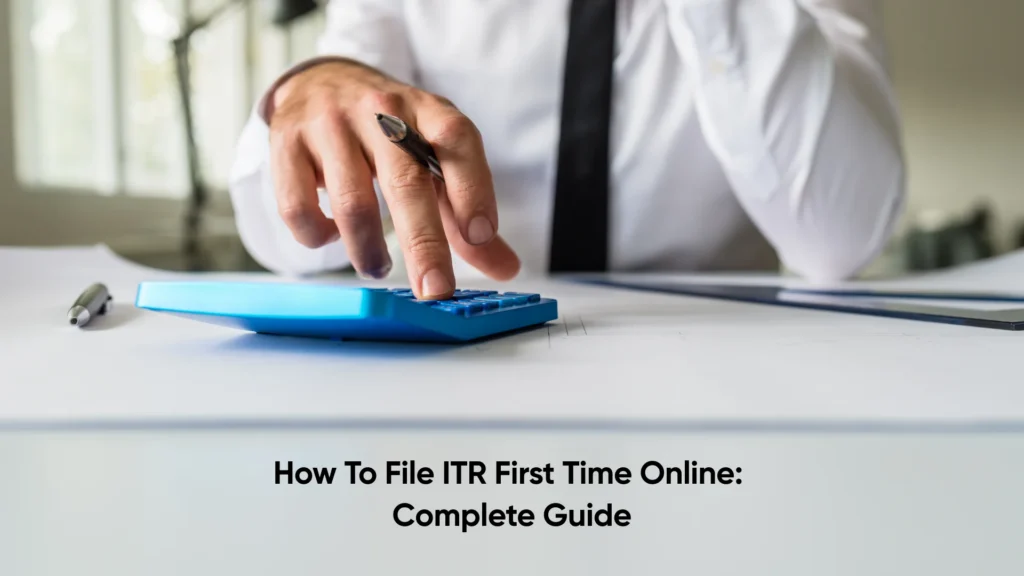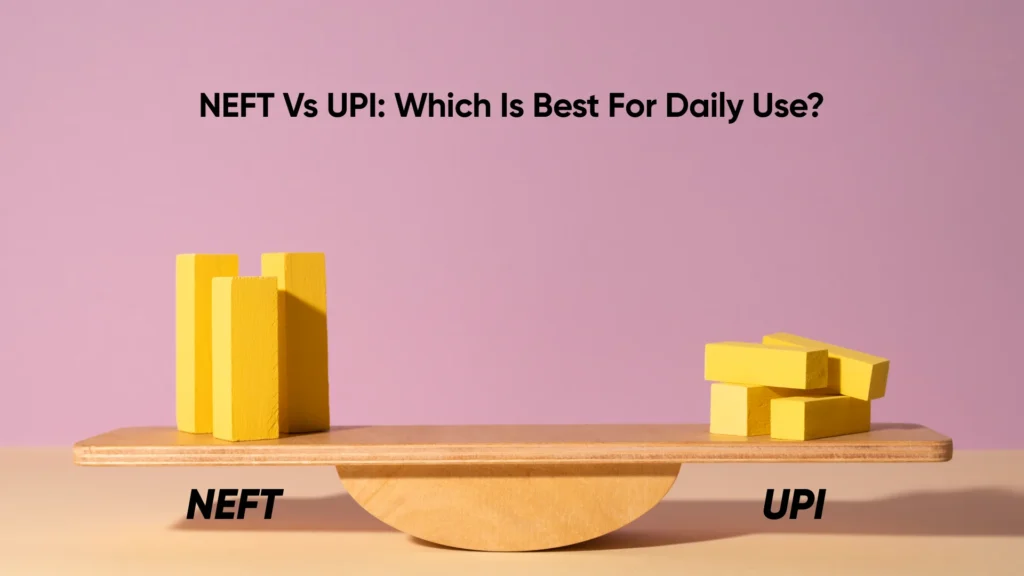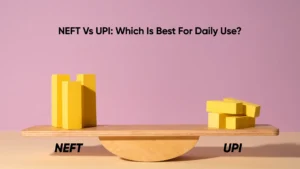Personal Loan or Loan against PPF - know which is better!

When you need urgent funds, loans can be a convenient financial option. Among the many options available, Personal Loan and Loan Against PPF (Public Provident Fund) offer funds, especially in situations when you don’t want to dig into your savings.
Understanding how these two loans differ can make it easier to choose based on your financial situation, repayment capacity, and urgency of funds. In this article, we’ll compare both options to help you choose the best one for your needs.
Table of Contents
ToggleWhat is a Personal Loan?
A personal loan is an unsecured loan, meaning you don’t need to provide any collateral. The application, approval & disbursal is faster compared to any traditional loan. Many lenders offer personal loans at affordable interest rates with flexible repayment structures. Typically, eligibility criteria for personal loans include good credit score, minimum income (as the loan is unsecured), age and other criteria that differ across lenders.
What is a Loan Against PPF?
“Loan against PPF” stands for Loan against Public Provident Fund. PPF is a government-backed investment scheme that offers tax-free returns and competitive interest rates. Since your PPF fund has a long lock-in period during which you cannot withdraw funds, taking a loan on PPF account is a good option to access funds when needed. You can typically apply for this loan between the third to sixth financial year after you open your PPF account.
Key Differences Between Personal Loan and Loan Against PPF
While personal loans and loan against PPF offer financial support, both operate differently. Here are the key differences:
Factors | Personal Loan | Loan Against PPF |
Loan Type | Personal loan is usually an unsecured type of loan | Loan against PPF is a secured loan where you borrow against your PPF (Public Provident Fund) |
Loan Amount | Most lenders offer personal loans anywhere between the range of 5k to 50 lakhs depending on their terms and credit profile. | You can avail a loan amount equivalent up to 25% of your PPF balance |
Interest Rate | Higher interest rate as the loan is unsecured | As the loan is taken against a security (PPF), interest rate is lower compared to unsecured loans |
Tenure | Loan tenure is flexible between 1- 6 years, depending on the lender. | Loan is typically for 3 years, and the loan amount must be paid within this time period. |
Collateral | No collateral required | The PPF account is the collateral |
Defaults | If you miss on any EMI, the lender charges penalties on it | If there are any defaults or late fees, the amount is deducted from their PPF balance |
Interest Rates Comparison for Personal Loan and Loan Against PPF
When choosing between a Personal Loan and a Loan Against PPF, one of the key factors to consider is the interest rate. Here’s how they compare:
1. Personal Loan Interest Rates
- Interest rates for personal loans typically range between 10% to 34% per annum (varies by lender and credit score).
- Personal loan is offered at higher interest rates as it is an unsecured loan (no collateral required).
- Interest rate depends on key factors like income, credit score, employment status, and repayment history.
- It is a good option for urgent financial needs with flexible repayment options.
2. Loan Against PPF Interest Rates
- The interest rate is 1% higher than the prevailing PPF interest rate. As of now, the PPF interest rate is 7.1%, and the loan interest rate would be 8.1% per annum.
- This loan option is generally lower than personal loans because the PPF balance acts as collateral, reducing the lender’s risk.
- Available only between the 3rd and 6th year of opening the PPF account.
- The loan amount is limited to 25% of the PPF balance
Opt for Personal Loan: If you need a higher loan amount, have a strong credit profile, and can manage higher interest rates.
Opt for Loan Against PPF: If you have an active PPF account, fulfil the specific eligibility criteria and require only a small loan amount with lower interest rates.
Eligibility Criteria for Personal Loans and Loan Against PPF
Eligibility Criteria for Personal Loan
Eligibility criteria for personal loan typically include:
- Age: Applicant should be above 21 years
- A good credit score, usually above 700 and above is required by most lenders
- Minimum salary or income source
- Valid PAN and Aadhar card
Eligibility Criteria for Loan Against PPF
Eligibility for loan on PPF is set by the government and applies to everyone who holds a PPF account. The eligibility criteria include:
- The eligibility criteria for a Loan Against PPF is having a PPF account
- Any regular PPF account holder is eligible to apply for a loan against PPF
- One may apply for a loan against PPF between the third and sixth year of the account
When Should You Opt for a Loan Against PPF?
A Loan Against PPF can be a great option in specific situations. Since it offers lower interest rates and doesn’t require a credit check, here are instances where it is a good option to opt for a loan on PPF account:
Short-Term Financial Needs: The maximum tenure for a loan against PPF is 3 years making it ideal for short-term loan requirements like medical emergencies, debt consolidation, travel and home renovation.
Low Interest Loan: The interest rate is 1% above the PPF rate (currently 8.1% p.a.), much lower than personal loans (range from 10-34% p.a.)
In Case of Low Credit Score: Your credit score doesn’t matter for this loan since it’s backed by your PPF balance. Even with a low credit score, you can still apply.
Want to Avoid Digging into Savings or Investments: Instead of using up savings or breaking investments, you can borrow against PPF and continue earning interest on the remaining balance.
When Should You Choose a Personal Loan?
A personal loan is typically an unsecured type of loan, which means it does not require any collateral. If you have a good credit score, you can get a personal loan at favourable terms.
Here are instances when a personal loan is a good option:
Quick Funds: If you have an urgent cash requirement and need to arrange funds quickly, a personal loan is a good option to explore. Many lending platforms offer instant loans that disburse loans within 24 hours upon loan approval.
Good Credit Score: If you have a good credit history and a good credit score, you can avail of a personal loan at affordable interest rates. This allows you to get a loan without pledging any of your assets like a car, property etc.
Financial Emergencies: If you have medical bills to pay or need funds for urgent house repairs, you can opt for a personal loan without digging into your savings.
Also Read: 10 Simple Ways to Secure Emergency Funds
Conclusion
Personal loans and loans against PPF are both smart loan options when you require funds for varied expenses like medical bills, home renovation or even to cover wedding expenses. Moreover, the best option for you depends on your current financial situation, financial goals and funds required. If you want a higher loan amount, have a good credit profile and a stable source of income, you can opt for a personal loan. On the other hand, if you hold a PPF account, fulfil the specific eligibility criteria and require only a small fund, opt for a loan against PPF to get a loan at lower interest rates.
Frequently Asked Questions
Yes, you can take both a personal loan and a loan against your PPF simultaneously, as they are separate loan types. However, eligibility depends on your credit profile and the terms set by your lender.
If you default on a loan against PPF then you are likely to be charged a higher interest rate.
Yes, the interest on a loan against PPF is lower than a personal loan as it is secured against a PPF.
For availing loan against PPF, the required document includes Form D, copy of passbook, and a statement that mentions the loan will be repaid within 3 years.
Loan against PPF needs to be repaid in 3 years or less, while a personal loan can be repaid within 1-6 years (as per the lender)
The disadvantages of a PPF loan include limited loan tenure, limited loan amount and high interest rate, in case of default.
The interest rate for a loan against PPF is typically 1% higher than the prevailing PPF interest rate. For example, if the current PPF interest rate is 7.1% per annum, the loan against PPF would have an interest rate of 8.1% per annum.
You can avail up to 25% of your PPF balance.













